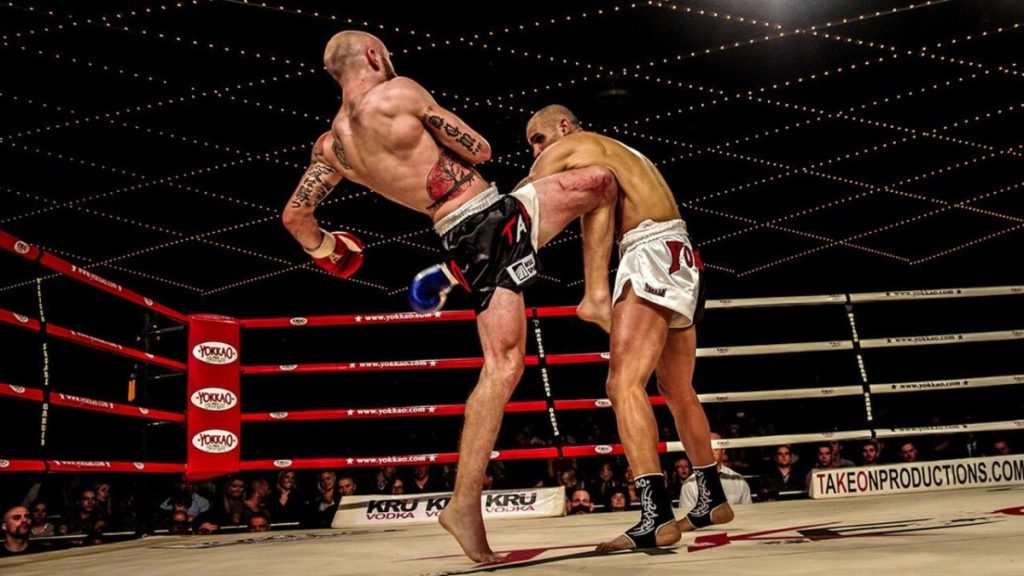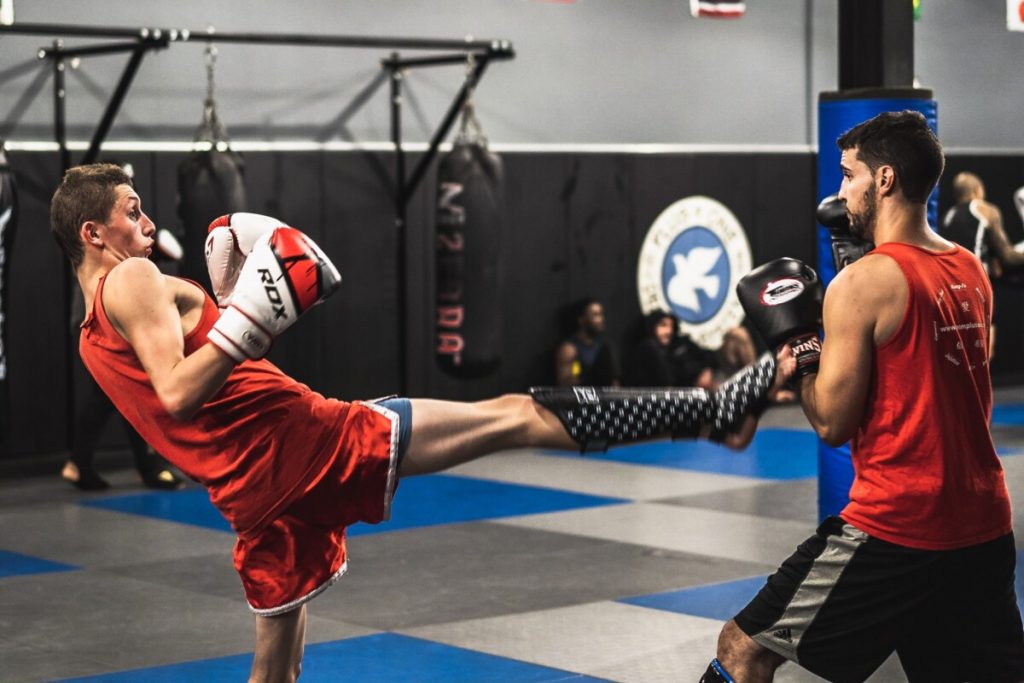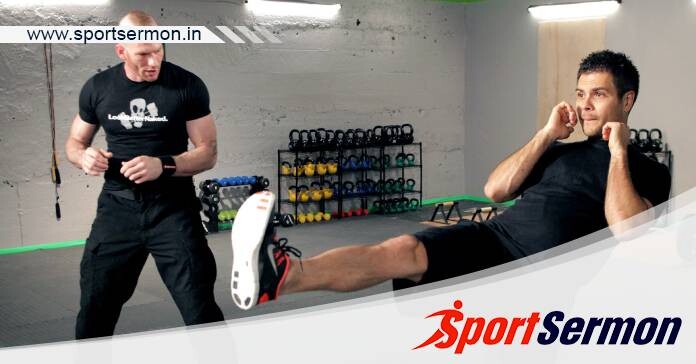Upper Body Muay Thai Exercises: Despite being an old martial art, Muay Thai is a dynamic sport that is always changing. Athletes are straining their bodies to the utmost every day, all around the world, in an attempt to gain even a small competitive advantage over their rivals. To gain that edge, a lot of fighters have resorted to strength and conditioning regimens in recent years.
Many fighters confine their training to a few basic lifts a few times a week, misunderstanding the complexities necessary in a solid strength and conditioning programme. While a basic lifting programme will undoubtedly make you stronger, it’s not a guarantee that the strength you build in the gym will transfer to Muay Thai.
Which workouts are you going to concentrate on? It can be difficult to discern with so much false information available online and a crowded field of subpar personal trainers expressing their opinions. Since you don’t order a gourmet steak from Subway, in our opinion, we’ve gone straight to the top of the industry—Liam Harrison’s personal trainer, Nat Robinson—and asked him for some guidance.
This post will go over his philosophy of sports-specific programming and outline the four upper body workouts he suggests for any Nak Muay who wants to increase their strength and quickness in Muay Thai.
You might also be interested in reading this: Muay Thai Vs Lethwei: How Do Differ From Each Other?
Sport-Specific Programming: What Is It?
To put it briefly, sports-specific programming involves designing a strength and conditioning programme that includes workouts that specifically target the skills you will need to compete. Nat explains, “We’re not just lifting weights; we’re building a performance powerhouse.” emulating the complex ballet of the Muay Thai clinch and the subtle demands of martial arts, such as throwing knockout punches.
Nat has a successful formula for success. He has collaborated closely with some of the most accomplished Nak Muays in the world (and in England), such as Josh Hill, Dan McGowan, Jordan Watson, Liam Harrison, and other world champions. It is therefore worthwhile to heed his suggestions.
The Top 4 Upper Body Muay Thai Exercises

In light of this, let’s examine the top 4 workouts that Nat suggests fighters use to strengthen their upper body for Muay Thai.
1) Bench Press with Close Grip
Nat states, “The close grip bench press is a necessity—it’s not an option.” According to him, “the tactical advantage is created by the strategic arm positioning, which seamlessly incorporates the ring’s demands into every rep.” It is essential for developing upper body hypertrophy, power, and strength.
The narrower arm posture strengthens the triceps and more closely resembles punching power via the upper body, even though this action will still develop the muscles in your chest, which is helpful for clinching.
The close-grip bench press is a versatile exercise since it trains your upper body to produce power and speed. Nat recommends altering the close-grip bench press for “accommodation resistance training” if speed is your main objective. In other words, you may manipulate yourself into maximising the force you create with each rep by adding chains or bands to the bar.
2) The Chin-Up Close Grip
According to Nat, if your objective is to dominate in the clinch, you must focus on strengthening your biceps and lats with close-grip chin-ups. You can see how this practice builds the strength to dominate your opponent’s neck in a top lock position with just a cursory glance.
Don’t give up if you are just beginning to perform chin-ups and find it difficult to lift your head over the bar for even a few repetitions. As you gain strength, you can start with a banded option, which lessens the effort. If you’re already an expert chin-up performer, you may consider incorporating weights into the exercise to increase its intensity.
3) Throwing Medicine Ball Punches
Nat advises include some ballistic training in your regimen if you want to generate some significant knockout power from your straight punches. In that both ballistic and accommodating resistance training involve doing an activity under resistance, the key distinction is the presence of a “release point.” In other words, you may produce greater force during the exercise by not having to retain the weight at the conclusion of the rep.
The med ball punch throw is the best for ballistic training specifically designed to increase punching power. It is an excellent technique to make your hands quicker and more forceful by simulating the action of a straight punch when faced with resistance. You may develop explosive power through your hips and core by including this exercise in your strength and conditioning programme, even if the primary focus is on upper body muscular groups like your triceps, shoulders, and chest.
4) Swinging Kettlebells Laterally
Almost all Muay Thai techniques involve whole-body movements that need coordination between your upper and lower body, even if they are not exclusively upper-body exercises. Without using your obliques and core, you cannot do this. Not only must these muscles be powerful, but they also have to be able to rotate and transfer power between your body’s hemispheres.
For this, the lateral kettlebell swing is the perfect exercise. In addition to activating your posterior chain and arms simultaneously, this technique also copies the motion of the roundhouse kick, which is the most often used weapon in Muay Thai. It also depends on the lateral manipulation of your core.
To sum up

Just lifting weights won’t cut it when it comes to a strength and conditioning programme that will give you the tactical and physical advantage over your opponent in the ring. To gain that competitive edge, you should concentrate on Muay Thai-specific workouts.
These four upper body workouts are a great place to start if you want to develop a strong knockout punch and an extremely dominant clinch game. World champion trainer Nat Robinson suggests doing these exercises if you want to take your Muay Thai game to the next level. However, if you want to work with a strength and conditioning coach who has experience building athletes for success in the Muay Thai arena, don’t waste time.

